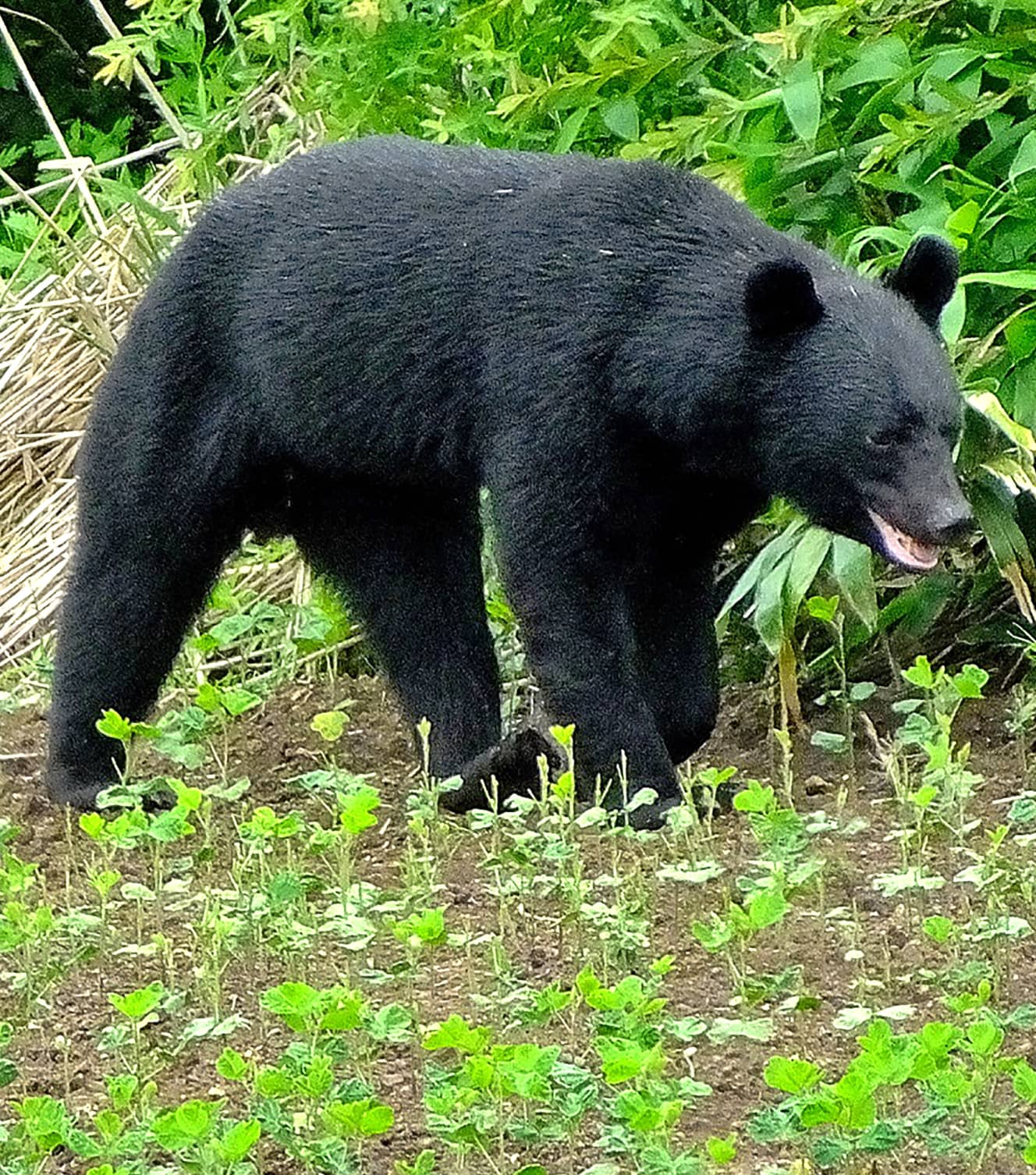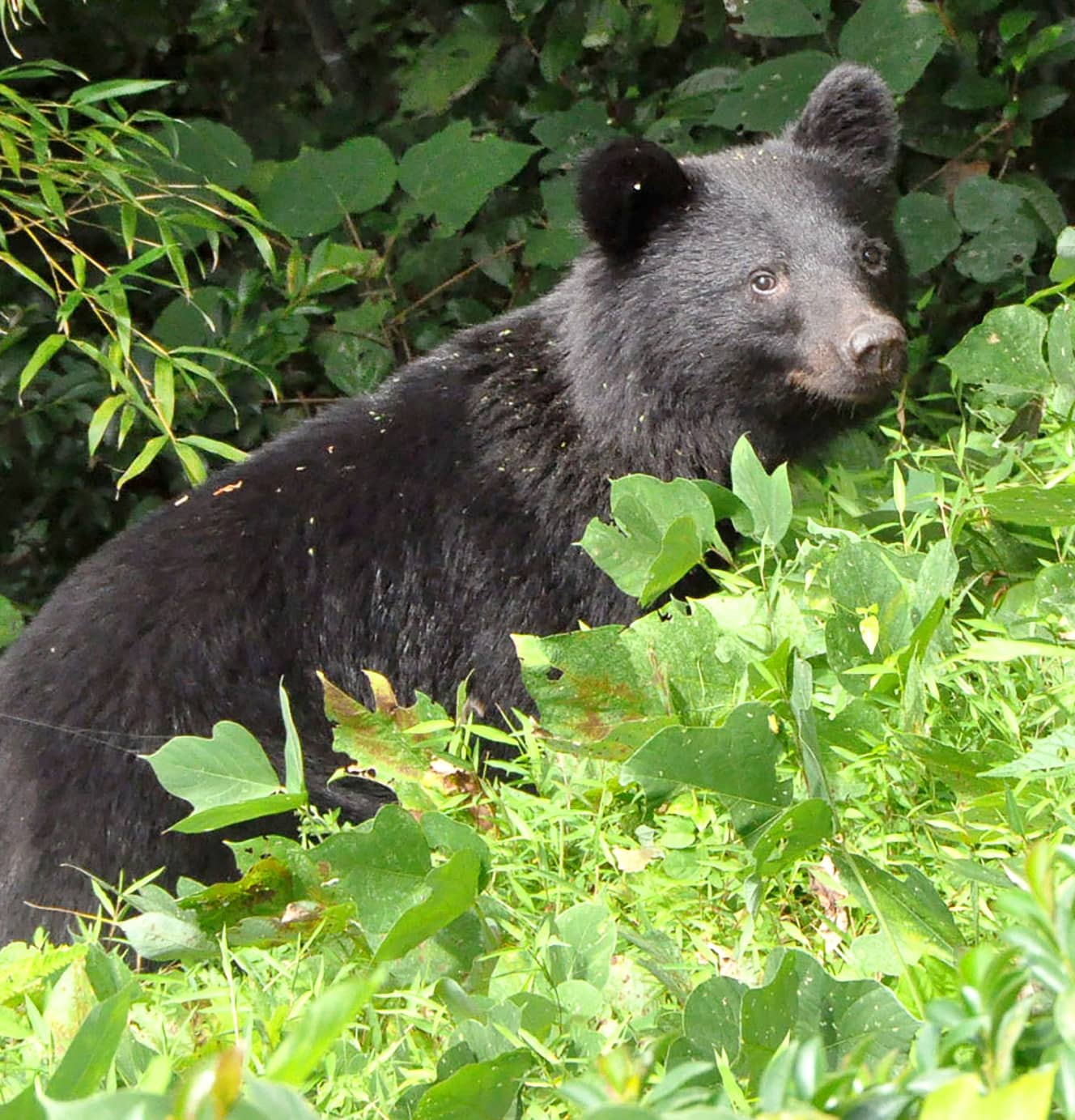Victims Attacked by Raging Bears on Pace for Worst in Statistical History…… “Shivering Attacks Map” of Multiple Attacks in Eastern Japan
More than 100 people have already been attacked by the end of September, probably due to a poor acorn harvest. In Akita, people were even warned not to go outside unnecessarily...

The bear came out of nowhere and attacked first the wife and then her husband who was trying to save her. The husband called for help and was rushed to the hospital by a helicopter and survived, but his head was bleeding an unusual amount. However, his wife was ……. This is the first time since ’20 that we have had a fatality,” said an official of the Hachimantai City Forestry Section.
On October 19, a tragedy occurred in Hachimantai City, Iwate Prefecture, when a black bear attacked a couple while they were gathering mushrooms, killing the wife.
There has been a series of bear attacks on humans, mainly in the Tohoku region. According to a report by the Ministry of the Environment, 109 people were reported to have been attacked between April and September of this year, the worst figure since 2006, when statistics began to be collected.
In Akita Prefecture, which neighbors Iwate Prefecture, 52 people had been attacked by bears as of October 19, the highest number in Japan, although no fatalities were reported. Notably, five people were attacked one after another, not in the mountains, but in the urban area around Takanosu, Kita-Akita City. A resident of Takanosu said, “Of the five attacked, 80 were killed.
A woman in her 80s was seriously injured, breaking her arm and hip. She was told that her life was not in serious danger, but that her face was scratched and she was bleeding heavily. The city’s disaster prevention broadcast announced, ‘Please refrain from going out unnecessarily,’ and if you must go out, avoid going on foot and drive a car. It is unprecedented to be advised to restrict going out due to damage caused by bears. ……”
The magazine mapped the locations in Iwate and Akita prefectures where bears have inflicted human suffering since April of this year. In Iwate Prefecture, which has the second largest number of victims after Akita Prefecture, 36 people have been attacked. By municipality, Kita-Akita City in Akita Prefecture has the largest number of victims with 11. This is thought to be due to the location of a 1,400-meter-high mountain called Moriyoshi Mountain to the southeast of Kita-Akita City. Other areas in both prefectures bordering deep forests, such as the Ou Mountains, the Taihei Mountains, and the Kitakami Highlands, are also particularly vulnerable.
Kazuhiko Maita, chairman of the Japan Black Bear Research Institute, a non-profit organization that has been studying black bears for 40 years, explains why bears have begun to attack people with such impunity.
The main reason is probably the poor harvest of acorns, which are the bears’ food source. If the beech and mizunara oak trees in the backcountry fail to produce a crop, the large bears that occupy these areas will be pushed out into the countryside, and the young bears will be pushed further out into the human village.
The impact of the bear outbreak two years ago was also significant. The cubs born at that time have learned by watching their parents descend on the human village in search of food. It has been pointed out that the cubs have become less fearful of people.
What is worrisome is that bears are now moving into areas where they have rarely been seen before. On the Izu Peninsula in Shizuoka Prefecture, the black bear was thought to be extinct, but sightings were reported again three years ago, and this year a black bear was captured in a trap. In Tokyo, there have been sightings of black bears near a hiking course along the Sakai River in Machida City.
In most years, damage caused by bears usually subsides in early November, when they go into hibernation. This year, however, with a mild winter expected, the bears are not at all concerned.
In February 2007, when the winter was mild, bears that had not hibernated were running around deep in the mountains of Tohoku. There is a possibility that the bears will not hibernate and will continue to be active.
The damage caused by the bears, which are becoming more ferocious, continues even after the worst has passed.

From the November 10 and 17, 2023 issue of FRIDAY
PHOTO: Japan Black Bear Research Institute, Kyodo News
